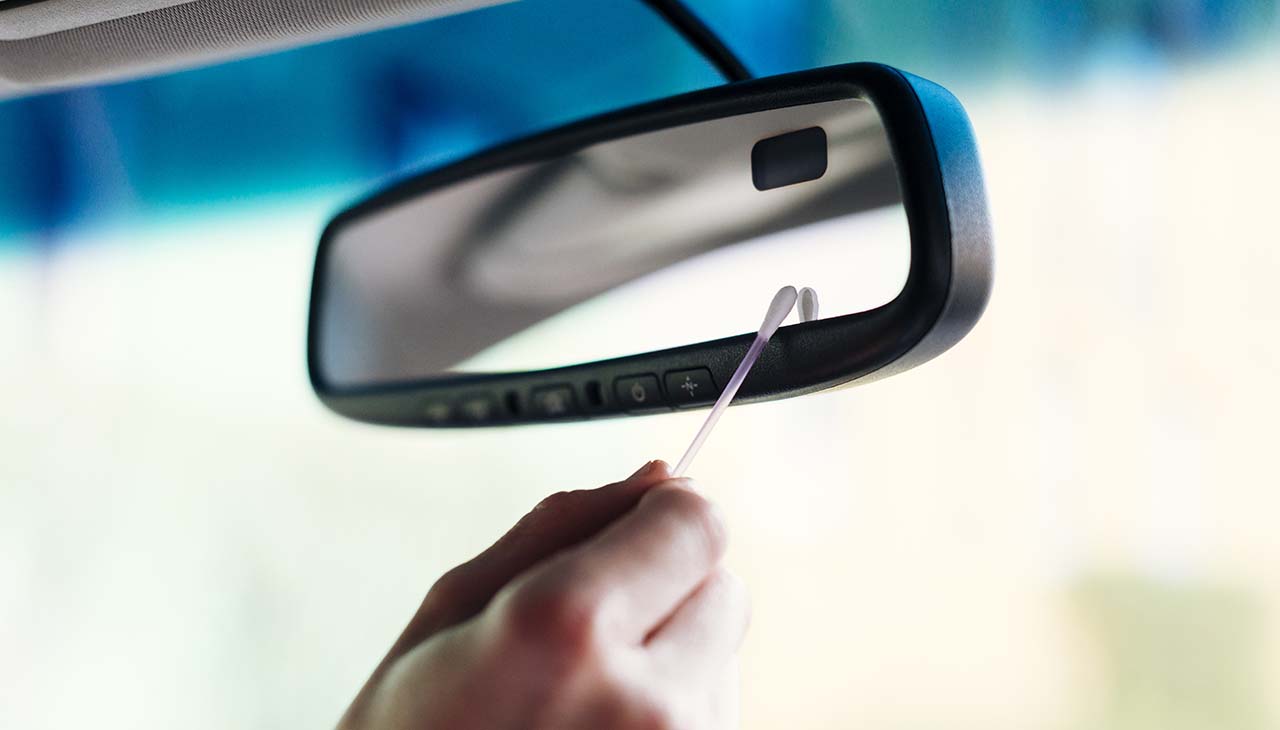In the realm of modern automotive innovation, safety continues to be a paramount concern for manufacturers and consumers alike. A significant contributor to vehicle safety advancements lies within the development of advanced auto glass technologies. Gone are the days when auto glass served merely as a barrier against the elements; today’s auto glass features are designed with sophisticated functionalities that enhance visibility, durability, and occupant protection. From smart windshields that display vital driving information to glass that can adjust its tint for optimal light filtration, these advancements represent a leap forward in making driving safer and more comfortable.
Advanced Auto Glass Features
Laminated Safety Glass
- Description and Benefits: Laminated safety glass is manufactured by bonding two or more layers of glass with a layer of polyvinyl butyral (PVB) in between, creating a tough, durable glass structure. This composition is designed to hold shattered pieces together in the event of a break, significantly reducing the risk of injury from flying glass shards during an accident. The PVB layer also provides added benefits such as sound reduction and UV protection.
- Examples of Vehicles: Most modern vehicles, including luxury sedans like the Mercedes-Benz S-Class and electric vehicles such as the Tesla Model S, come equipped with laminated safety glass, particularly for the windshield and sometimes for side windows.
Tempered Glass
- Explanation and Role in Safety: Tempered glass is treated through a process of extreme heating followed by rapid cooling, making it much harder and more impact-resistant than regular glass. When it does break, it crumbles into small, granular chunks instead of sharp shards, minimizing injury risk.
- Comparison with Traditional Glass: Unlike traditional glass, tempered glass is designed to withstand greater impact and stress, making it ideal for side and rear windows in vehicles. Its safety and durability make it a superior choice for automotive use.
Heads-Up Display (HUD)
- Introduction to HUD Technology: Heads-Up Display technology projects important information, such as speed, navigation directions, and traffic signs, directly onto the windshield, allowing drivers to keep their eyes on the road.
- Advantages for Driver Safety: By reducing the need to look away from the road to check gauges and screens, HUD technology significantly decreases distraction, enhancing overall driving safety and situational awareness.
Smart Glass
- Definition and Functionalities: Smart glass technology allows the glass to change its light transmission properties with the application of voltage, light, or heat. This can include auto-dimming capabilities to reduce glare and automatic tint adjustments to control the amount of light entering the vehicle.
- Contribution to Safety and Comfort: By adjusting light filtration, smart glass can mitigate eye strain and improve visibility in various driving conditions, enhancing both safety and comfort for the occupants.
Rain-Sensing Wipers
- Overview and Benefits: Rain-sensing wipers use optical sensors to detect moisture on the windshield and automatically adjust the wiper speed and frequency accordingly. This intuitive feature ensures optimal visibility by eliminating the manual adjustment of wipers in changing weather conditions.
- Impact on Visibility and Driving Safety: By maintaining clear visibility during rainy or snowy conditions, rain-sensing wipers play a crucial role in preventing accidents caused by obscured vision, making them a valuable safety feature in modern vehicles.
Impact on Overall Vehicle Safety
The integration of advanced auto glass features into modern vehicles represents a significant stride towards enhanced overall vehicle safety. By collectively prioritizing visibility, durability, and occupant protection, these technologies work in synergy to minimize the risks associated with driving. For example, the use of laminated safety glass not only prevents injury from potential glass shards but, in combination with smart glass technologies, also ensures that visibility is optimized across a range of driving conditions. Meanwhile, rain-sensing wipers and HUD technology further contribute to safety by reducing driver distraction and allowing for uninterrupted focus on the road. This holistic approach to incorporating advanced glass features into vehicles reflects a deeper understanding of safety as a multifaceted requirement, addressing both the prevention of accidents and the protection of occupants from injury should an accident occur. The result is a driving environment where technology serves as a vigilant co-pilot, continuously working to safeguard those inside the vehicle.

